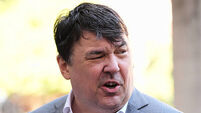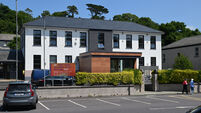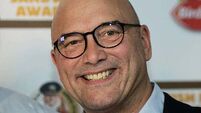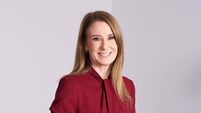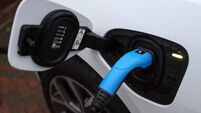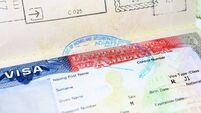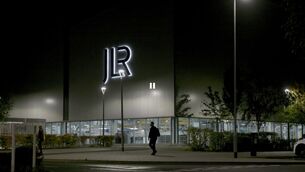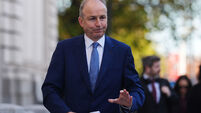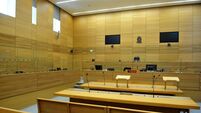Can Tim Kaine help Hillary Clinton win the Catholic vote?
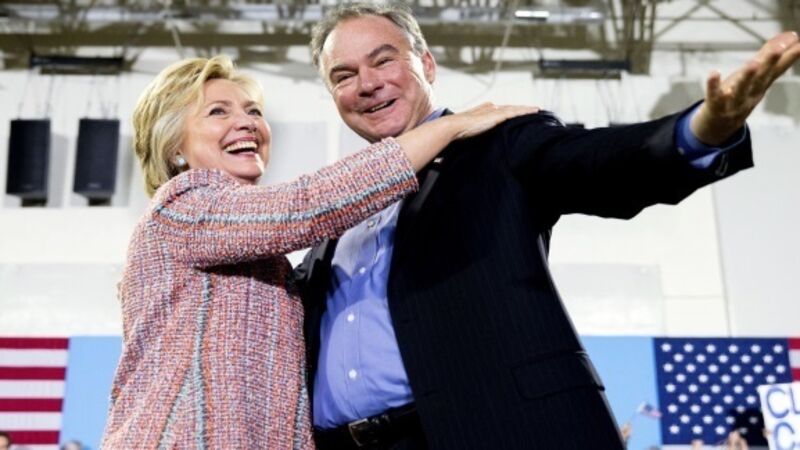
IF THE 2016 US presidential election is close, the future of the US may rest on the Roman Catholic vote. Catholics don’t vote as a bloc, but it’s precisely their political diversity that underscores the role of religion on election day.
Americans typically want presidents of belief, but history shows that they don’t reflexively choose candidates of their own faith.




